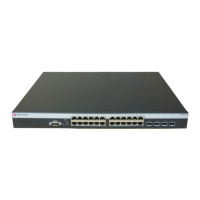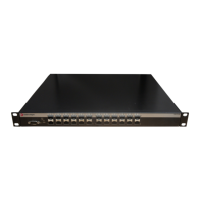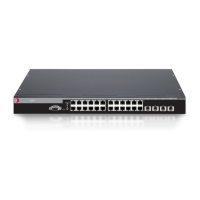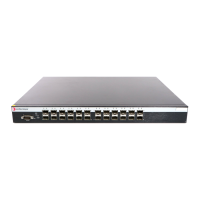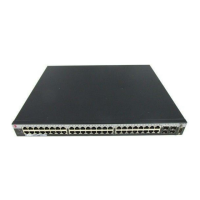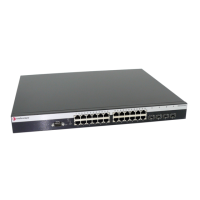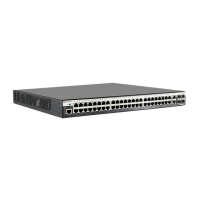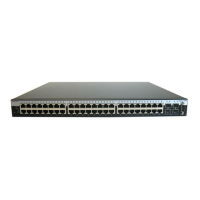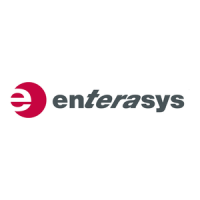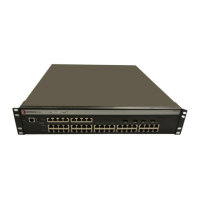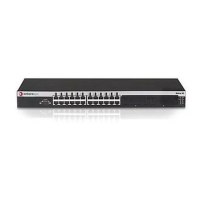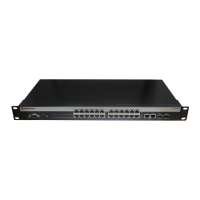Configuring OSPF Areas
Fixed Switch Configuration Guide 22-9
Area 2
ABR2(su)->router(Config)#router ospf 1
ABR2(su)->router(Config-router)#area 0.0.0.2 range 10.3.0.0 255.255.0.0
ABR2(su)->router(Config-router)#area 0.0.0.2 range 10.3.2.0 255.255.255.0 no-
advertise
Area 3
ABR3(su)->router(Config)#router ospf 1
ABR3(su)->router(Config-router)#area 0.0.0.3 range 10.1.0.0 255.255.0.0
Figure 22-3 OSPF Summarization Topology
Configuring a Stub Area
A stub area is a non-transit area. In other words, an area that does not originate or propagate
external routes. AS-external-LSAs are not flooded into the stub area; routing to AS external
networks is based on a single per-area default route. This reduces the link-state-database size and
memory requirements for routers within stub areas.
Handy for reducing routing table size, a stub area is a “dead-end” in which there is no other way
to enter or exit except through an Area Border Router (ABR). No ASE (Autonomous System
External) or NSSA routes are permitted in a stub area. Each router in a stub area must specify that
they are members of the stub area. When specifying that the ABR is a member of the stub area, the
ABR will inject a default route into the area.
Routing to external designations from stub areas is based on a default route injected by a stub
area’s ABR. A default route is automatically created by the stub area’s ABR. This default route is
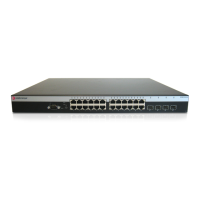
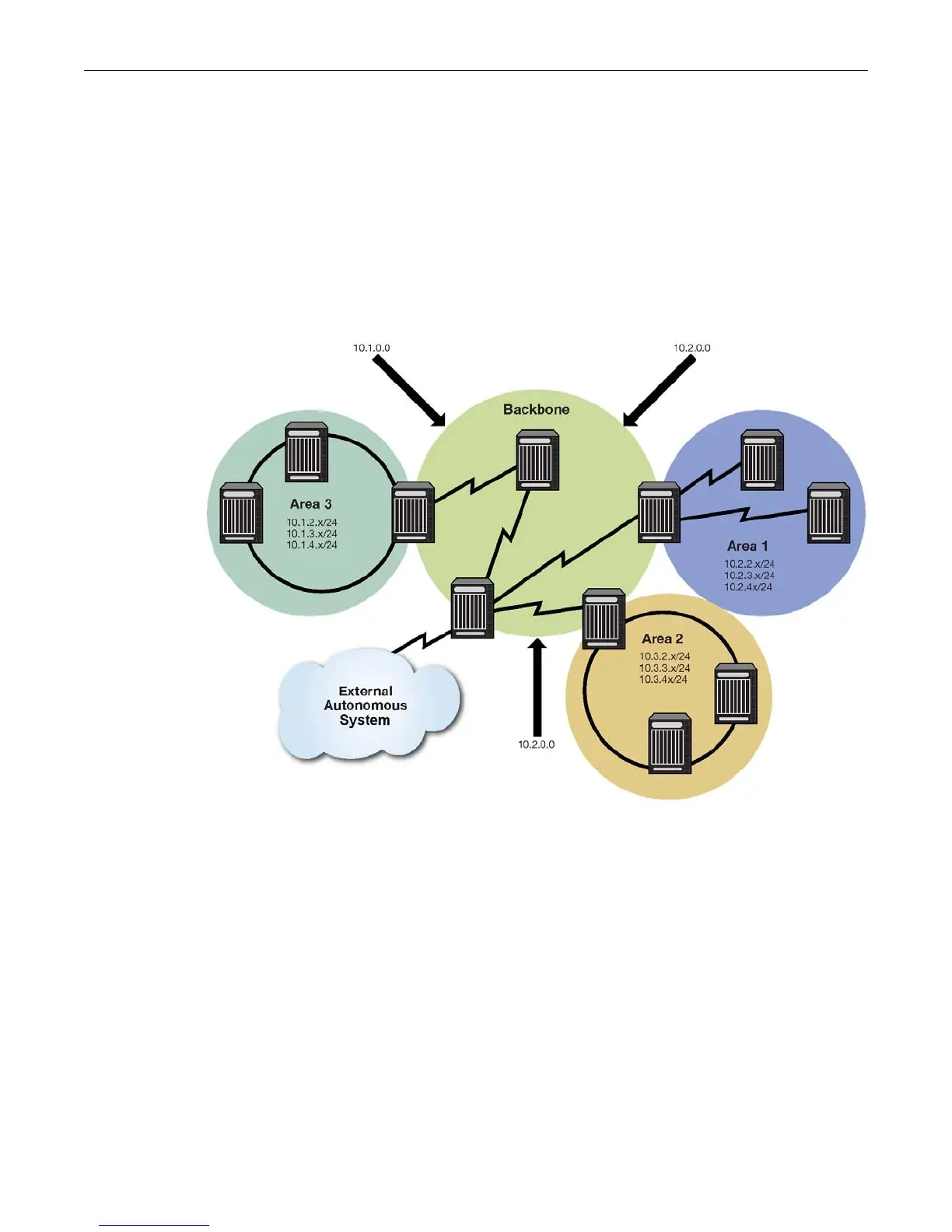